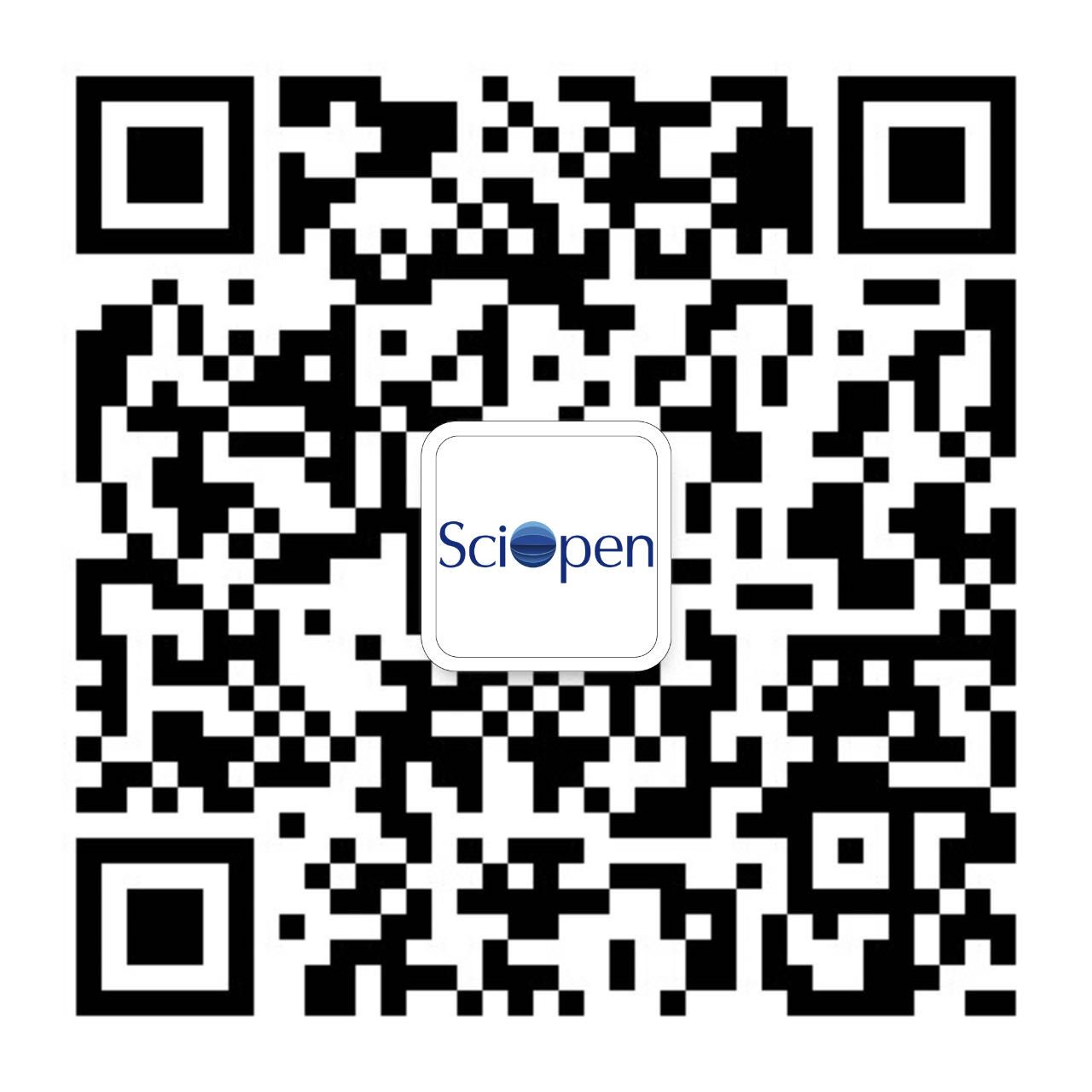Semiconductor magic-sized nanoclusters have got tremendous interests owing to their distinct chemical and photophysical properties, however, researches concerning their applications are still quite limited. Herein, we employ magic-sized CdSe nanoclusters as the light absorber for hydrogen photogeneration, which exhibits much better photocatalytic performance as compared to other conventional semiconductor quantum dots, such as CdS, CdSe, CdS/CdSe, and CdSe/CdS under identical conditions. Photoluminescence lifetime and transient absorption studies indicated that the superior activity is mainly ascribed to the longer exciton lifetime and fast electron transfer from nanoclusters to cocatalyst. Moreover, the issue of instability during reaction could be significantly inhibited by anchoring Zn2+ onto the surface of nanoclusters, which gives the average efficacy of hydrogen evolution at 0.61 ± 0.07 mL·h−1·mgcatalyst−1, i.e., 27.3 ± 2.9 mmol·h−1·gcatalyst−1 (420 nm) with maintained 95.2% of original activity over 12 h illumination.
Utilizing plasmonic nano-particles/structures for solar water evaporation has aroused increasing interest; however, large-scale methods are desired to boost the efficiency and improve the practicality of solar steam generation. We developed a membrane-supported floating solar steam generation system based on graphene oxide and a multiscale plasmonic nanostructure; the latter is a micrometer-sized colloidosome that was assembled from hollow and porous Ag/Au nanocubes. By taking advantage of multiscale plasmonic coupling of the particles, an extremely high solar thermal conversion efficiency up to 92% at 10 kW·m-2 (with a water evaporation rate reaching 12.96 kg·m-2·h-1) can be achieved. The TiO2 nanoparticle-modified floating system is also capable of high-efficiency dye degradation in organic-polluted water, rendering such a membrane system recyclable and scalable for practical and versatile solar-driven generation of clean water.
A nanoplasmonic hydrogen-sensing system based on palladium/silver nanosheets (Pd/Ag NSs) was developed and used for sensitive assessment of the hydrogen evolution reaction (HER) in colloid solutions. As a model HER system, the semiconductor CdS/CdSe core/shell quantum dot (QD)-based hydrogen-producing colloidal system was used, and the HER performances of QDs with two different surface coatings were assessed in this study. In the sensing system, the photocatalytically generated hydrogen reacts with Pd/Ag NSs, resulting in a gradual red-shift of localized surface plasmon resonance, which to a certain degree is almost linearly proportional to the amount of hydrogen generated. Such a nanoplasmonic hydrogen sensing platform would be useful as an alternative for optical assessment and fast selection of a highly efficient and cost-effective solar hydrogen generation system for practical applications.






 京公网安备11010802044758号
京公网安备11010802044758号